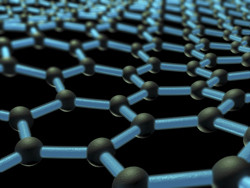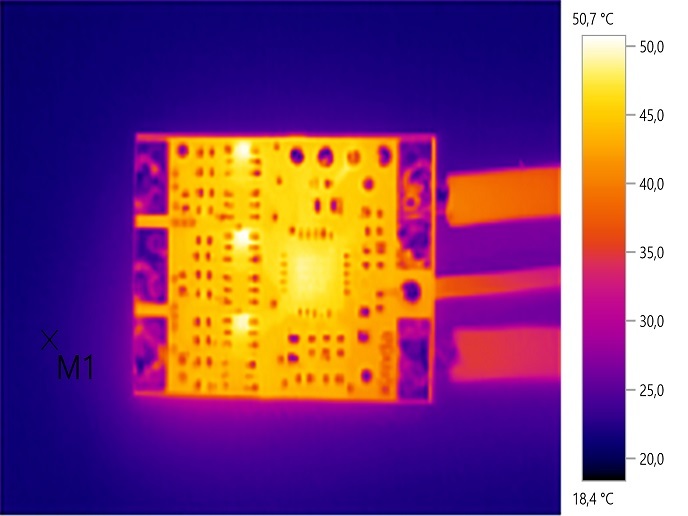Exciton–photon dynamics in graphene
Excitons — neutral quasiparticles that exist in semiconductors — demonstrate strong coupling with light. Embedding bilayer graphene with a band gap in optical microcavities allows controlling interaction that can lead to a strong coupling regime. Such an interaction results in the formation of a new kind of quasiparticle known as exciton-polariton that is a half-light and half-matter bosonic quasiparticle. With EU funding of the project 'Bilayer graphene exciton polariton' (BIGEXPO), scientists sought to enhance understanding of the bilayer graphene coupling to the photonic field of a microcavity. Based on a non-perturbation approach, BIGEXPO focused on studying the phenomena taking place when a dipole layer such as a graphene sheet interacts with an electromagnetic field. Study findings demonstrated that the Purcell effect breaks down — counterintuitively, the spontaneous emission rate plummets in a strong coupling regime. Furthermore, scientists concluded that current approximations to photonic emissions have to be modified. Another task was to develop a microscopic theory describing the coupling between excitons in bilayer graphene and photons. Once completely developed, this theory should provide a comprehensive description of the underlying physics of light–matter interaction. The coupling non-perturbative nature should account for extraordinary physical effects. BIGEXPO sought to enhance understanding of the physical processes governing the exciton–photon dynamics in microcavities. Considering its large excitonic dipole moment, the graphene microcavity system could push back the frontiers of research into solid-state cavity quantum electrodynamics. Not only will it allow observing a novel, strongly correlated light–matter coupling regime, but also lead to a new generation of terahertz and mid-infrared super-efficient optoelectronic devices.
Keywords
Graphene, light–matter interaction, optoelectronic, bilayer graphene, exciton polariton







